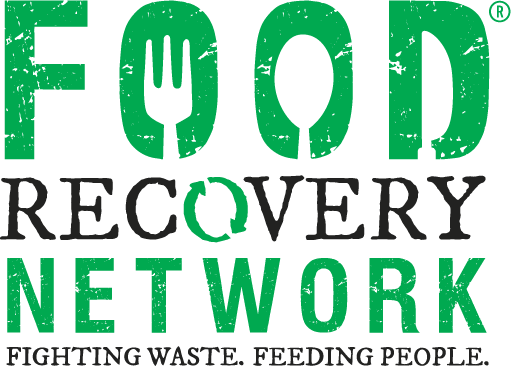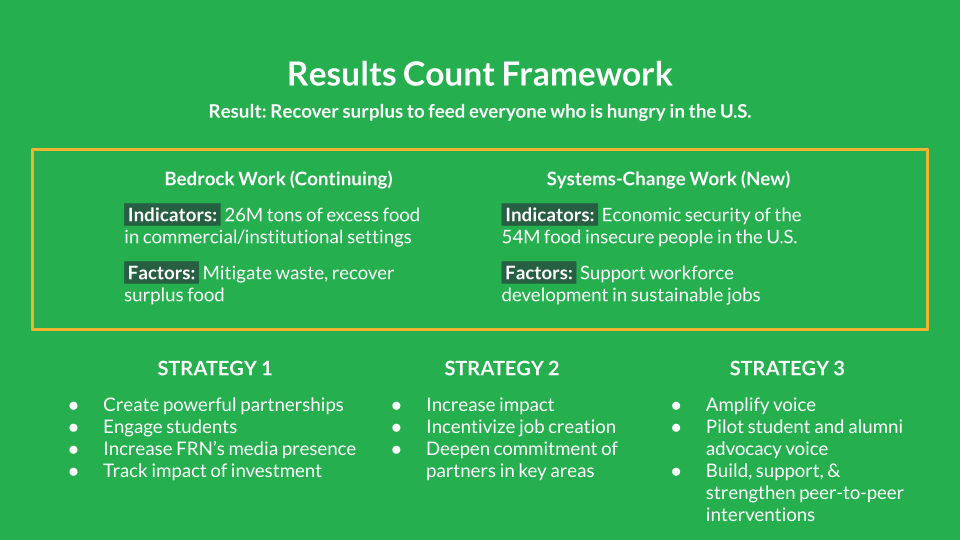In August 2020, Food Recovery Network (FRN) joined in partnership with The Farmlink Project to provide immediate food recovery assistance during the pandemic, as farmers across the country experienced unprecedented levels of surplus food and food insecurity rates skyrocketed.
To help increase The Farmlink Project’s impact, FRN activated our incredible network of passionate and capable leaders to help reduce farm food loss, which resulted in the recovery and donation of 1,062,000 pounds of farm-fresh produce, equivalent to 885,000 meals!
“FarmLink is an incredible solution to combating both food waste and food insecurity. As a member of the FRN e-board and as a farmworker— I’ve seen how much good food gets wasted on the farm and how much-prepared food gets thrown out that could have otherwise been recovered. I love being part of a team that works together to circulate fresh produce and food items to people with less access in such a creative and innovative way.”
FRN students and alumni dedicated 456 hours of virtual volunteer service to help contact farmers and offer support to purchase or transport their surplus food to a hunger-fighting nonprofit or community organization. With help from FRN, The Farmlink Project worked with 120 farmers in 48 states over the last year, and they continue to recover millions of pounds of food as a result.
“Volunteering remotely with Farmlink has given me the chance to maintain activism towards food insecurity during a time when solutions are needed more than ever. I am very grateful for this experience and I look forward to more power hours in the near future.”
In the fall, FRN and The Farmlink Project will continue to work together to move quality, nutritious food to communities where food insecurity rates are highest. Whether you can give one hour of time or twenty, it makes a difference to prevent food waste and combat hunger. We’d love to have you join us!












